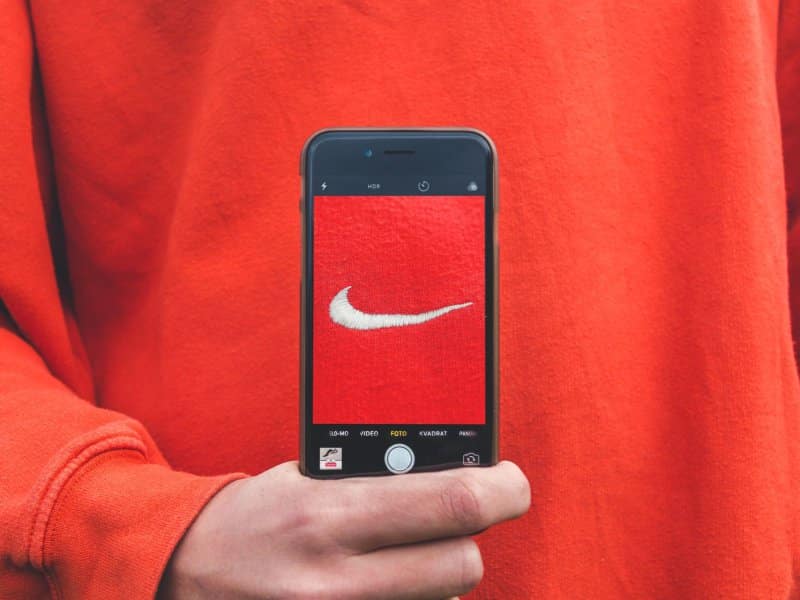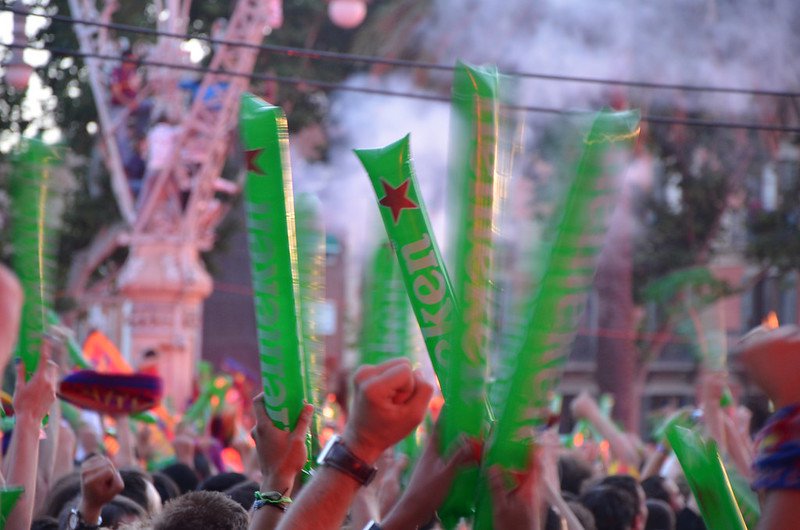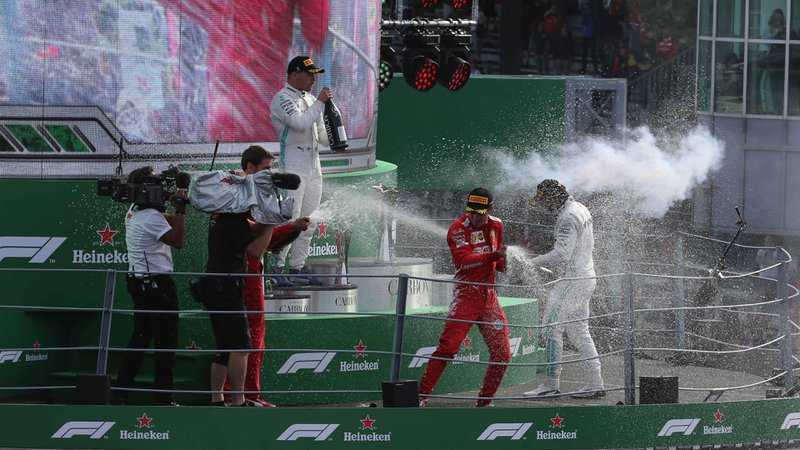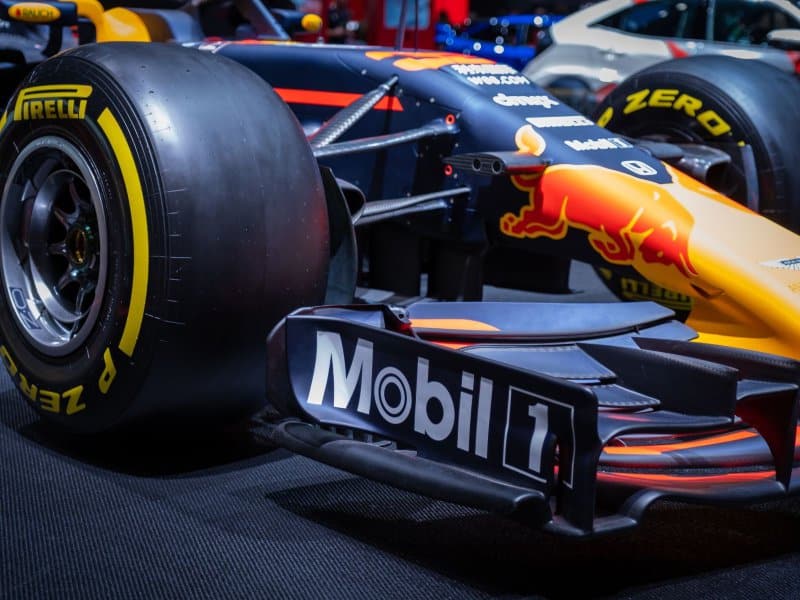Brand Sponsorship is one of the fastest-growing marketing forms in the US. Basically, companies offer cash or in-kind fees in return for access to communicate with a potential market. Below are some great examples and ways to make the most of your sponsorship to make it worth it.
Whether you’re a small startup or an established company, brand sponsorship can help you achieve your business goals.
Brand Sponsorship can be a solution when looking to increase awareness of your brand, attract new customers and investors, or increase sales and market share. This article will teach you everything you need to know about the concept and how it can help you succeed.
What Is Brand Sponsorship?
Brand sponsorship is a form of advertising that involves the financial support of a particular product or service in exchange for brand promotion. This type of arrangement can be beneficial for both parties involved, as it can help to increase brand awareness and boost sales.
However, it is important to ensure that the partnership is a good fit before entering into any agreements. If it is, it can lead to long-lasting associations that have been mutually beneficial to both parties involved.
Brand Sponsorships Are A Friendly Way Of Marketing
Brand sponsorship is a friendly form of marketing. It is a powerful, effective way to spread your message. You can promote your business directly to a target audience. When you sponsor an event or cause, people are going to like you. Additional benefits include:
- Expanding your reach to specifically targeted niche markets. If your product complements the event, it’s the perfect way to reach and connect in a unique and interactive way.
- Complementing your other marketing programs. Integrating the event into your social media will resonate with your target audience.
- Dramatically influencing customer relations. Companies that show generosity and social responsibility are recognized as caring about their customers.
Brand Sponsorship is More Than Just a Logo
Today’s brand sponsorship is more than your logo on t-shirts and goody bags. It is no longer a passive process best left to event organizers. There are many case studies to review for insights into effective brand sponsorship. The American Management Association (AMA) cites an analysis by the Copernicus company. Copernicus analyzed a selection of nine sponsorships and events, looking for effective strategies. This is what they came up with:
- Engaged fans. If there’s a high concentration of buyers involved with the type of event being sponsored, the sponsorship is more likely to succeed. Think motor oil and NASCAR.
- Substantial investment. If a company doesn’t invest at least as much in promoting the sponsorship as it does in the sponsorship itself, it will net little impact. Invest time and effort into the content you will share before, during, and after the event.
- Clear campaign message. The sponsorship must communicate a compelling message. If the fan base is engaged and the message resonates, incremental business will follow. A great example is Fidelity Investments’ sponsorship of Paul McCartney’s “Never Stop Doing What You Love” tour. Fidelity’s message: “Let us plan the next stage of your life.” By the end of the tour, Fidelity reportedly generated $100+ in new and incremental business.
- There is a clear link between product and sponsorship. If the connection seems far-fetched—like McDonald’s sponsoring the Olympics, effectiveness decreases. You should be able to describe the connection between your brand and the sponsorship in less than five seconds. Otherwise, your target audience won’t get it either.
Brand Sponsorship Uses Influencer Marketing
One of the easiest ways to expose your brand to potential customers is to get it into the hands of bloggers and influencers. Brand sponsorship of bloggers and influencers is cheap, fast, and effective.
Positive mentions and links in blogs come up high in searches. Having your brand mentioned in social media and blog posts seriously improves your search engine optimization results. Here are some popular brand sponsorship options for influencers and bloggers:
- Get your goods or services into the hands of influencers. If they love your brand, they will share positive feedback.
- Sponsor a blog post. The blogger will talk about your brand in their own voice.
- Work with an influencer to sponsor a giveaway. This builds excitement for your brand.
Why Sponsor?
The simplest reason to sponsor is to reach a wider audience. Additionally, it helps establish the credibility and trustworthiness of a business claim.
Brand sponsorship allows you to use social media platforms to reach more potential customers than ever before.
If you’re spending your hard-earned money on ads that don’t convert into sales, there’s a good chance it’s because the content isn't quite right for your audience.
So, another reason for sponsorship is to build proper leads. Expanding leads from ads is notoriously difficult when you reach a certain limit, which means marketing campaigns aren't landing the necessary leads they need to grow successfully. By using sponsorship, you create more people interested in your brand, generating more leads.
Lastly, if you’re marketing a new product or service, partnering with a sponsor team, band, or even association, can help you spread awareness about your product quickly. They provide valuable opportunities for both partners in the long run. Sponsorships have made brands such as Nike and Coca-Cola survive for decades.

How Does It Work?
The process of becoming a brand sponsor is typically quite straightforward.
First, you’ll need to find a target to sponsor that needs your support. You can pitch them, or they may reach out to you if they already have an idea.
Next, a partnership agreement is created and signed by both parties. This agreement will outline the terms and conditions of the sponsorship, including the amount of money involved, what services are provided, how long it will last, etc.
Once you have an agreement in place and have given permission for your logo and marks to be used, you’ll begin getting recognition and monetary benefits from this partnership.
Advantages Of Brand Sponsorship
Some of the biggest advantages of brand sponsorship are:
- Increasing Brand Awareness Companies that have partnered with a brand can have their brand recognized in a way they never could on their own. By partnering up with a company, you are able to reach new customers who might not have been aware of your business otherwise.
- Attracting New Customers and Investors Partnering up with another company means you’re opening your doors to new opportunities. If you choose the right partner, your business will be seen as a valuable brand by that company’s audience, which means the potential for growth is high.
- Raising Awareness In The Marketplace: When two brands work together, it's also easier for them to increase awareness about what they do and how they're different from other competitors out there. In fact, 73 percent of marketers say awareness-building is important when looking to increase sales or market share. This means if you choose the right partner for your business and use their name recognition among their target audience, you’ll be able to generate more awareness about what your business does than if you were on your own without any promotion or marketing activities at all!
- Make Investments More Efficient: Getting into sponsorships is also beneficial because, if well negotiated, it helps businesses save money in some marketing activities, such as social media investments, or convert better when recommended by an influencer.
Disadvantages Of Brand Sponsorship
As with any form of marketing, there are downsides to brand sponsorship. Brand sponsorship can be expensive and difficult to set up for a business. It also takes time to take effect and generate revenue.
Brand sponsorships can also result in negative perceptions about the sponsoring company and its products or services if the company doesn’t handle the process well.
Tips For Succeeding in Brand Sponsorship
We listed 3 simple tips to make the sponsorship a successful one.
1) Think About What Your Business Needs
First, you need to identify the goals for your company and how becoming a brand sponsor can help you reach them. Consider where the partnership will take you regarding audience growth, market share, sales, and investment.
Take a look at your business’s current market share and how it would benefit from being a part of another group or working with another brand.
2) Make Sure Both Brands Are Aligned
Prospective partners should have similar values to work together effectively at the same level when trying to achieve common goals.
It’s important that they share the same vision moving forward and agree on where they want their relationship to go before going into sponsorship talks.
3) Consider Offering Incentives
Businesses can create incentives for potential brand partners by offering financial rewards for those who meet certain milestones during their agreement.
Consider providing incentives or bonuses based on specific metrics such as increased sales, increased market share, or increased customer value generated by the brand partner’s product or service offerings—particularly if it aligns with what your company needs.
Examples Of Partnerships
When you sponsor an event, team, or organization, you pay for the right to partner with them. It implies a stronger, deeper relationship with an ongoing commitment. Here we will show some commitments Heineken and its partners created over many years.
Heineken: Brand Sponsorship Is A Commitment
Heineken has long used brand sponsorship to engage customers, support its brand, and drive growth worldwide.
They sponsor sports like soccer, rugby, and the James Bond movie franchise. Hans Erik Tuijt, former Heineken director of global sponsorships, said sponsoring enables Heineken to add to fan experiences in memorable and unique ways.

There are changes in how the beer industry uses brand sponsorship. Industry consolidation, changing consumer preferences, and the continued popularity of craft beer have been driving these changes.
Here is a fun video produced in Athens about four fans who had the challenge to get to the airport in one hour to watch the Champions League final.
Another great bet of Heineken has been the F1 race. With this sponsorship, the brand tries to connect with lovers of the sport worldwide since the race has fans and was broadcast in more than 60 countries.

Heineken also produces fun commercials with former F1 pilots, such as this one with David Coulthard:
In this commercial, F1 driver David Coulthard walks into a glamorous party with help from his crew so he can remember and know the names and politely greet everyone.
Ford: Brand Sponsorship Is An Effective Way Of Meeting Two Primary Brand Objectives
According to the Experiential Marketing Content Benchmarking Report, 72% of consumers positively view brands that sponsor quality events. 74% say positive engagement with brands that create memorable moments is more likely to buy their products.
For Ford, brand sponsorship is an effective way of meeting two primary brand objectives. One is to reinforce and build the Ford brand. The other is to achieve a good connection between Ford and potential new customers.
For example, Ford decided to invest in sponsorship of the Kentucky Derby. According to Jim Peters, Ford’s Brand Content & Alliances Manager, “The Derby feels like an event in the company’s second hometown” since the company has an assembly line there. He continues, “This sponsorship and contribution to the local community are a big source of pride and reflect Ford’s larger commitment to America.”
Bottom Line: Find the Right Sponsorships
A sponsorship is a business partnership between two separate brands that benefit both. In other words, it’s when a company sells its social recognition and identifying marks to another company so they can use them in exchange for money and, in return, benefit from the association and any synergies.
For businesses seeking outside support to grow their brands, becoming a partner with another company can be just what they need. This article explored the benefits of brand partnerships and why they might be right for your business.
When you’re ready, here are some guidelines for finding the right event or cause for brand sponsorship:
- Look for partnerships with tie-ins to your ideal customers or a related but new demographic.
- Remember you don’t have to spend a lot of money. Brainstorm what you can contribute, including products, services, or even a venue.
- Negotiate benefits for your business. What will benefit you most: an onsite presence, exclusive vendor rights, or lead generation?
- Reach your audience with influencers to build awareness of your brand and companies worldwide.
By doing that, incremental business will follow.

Christian has over ten years of experience in marketing agencies. Currently, he has been dedicating his time to a tech startup and also writing for major publications. He loves podcasts and reading to keep up with the latest trends in marketing.



